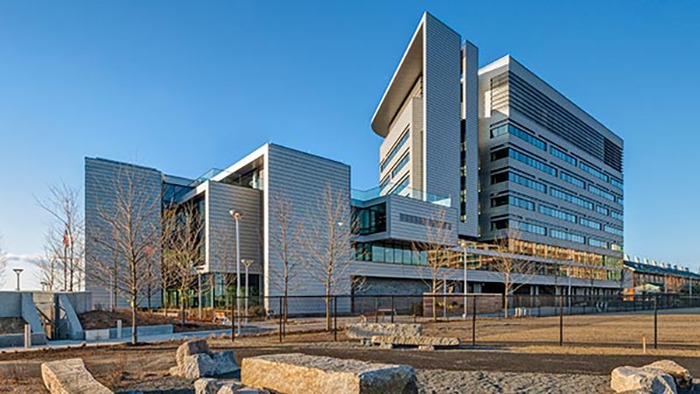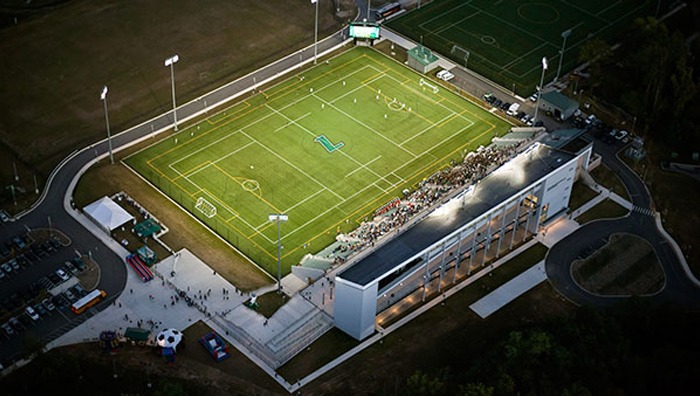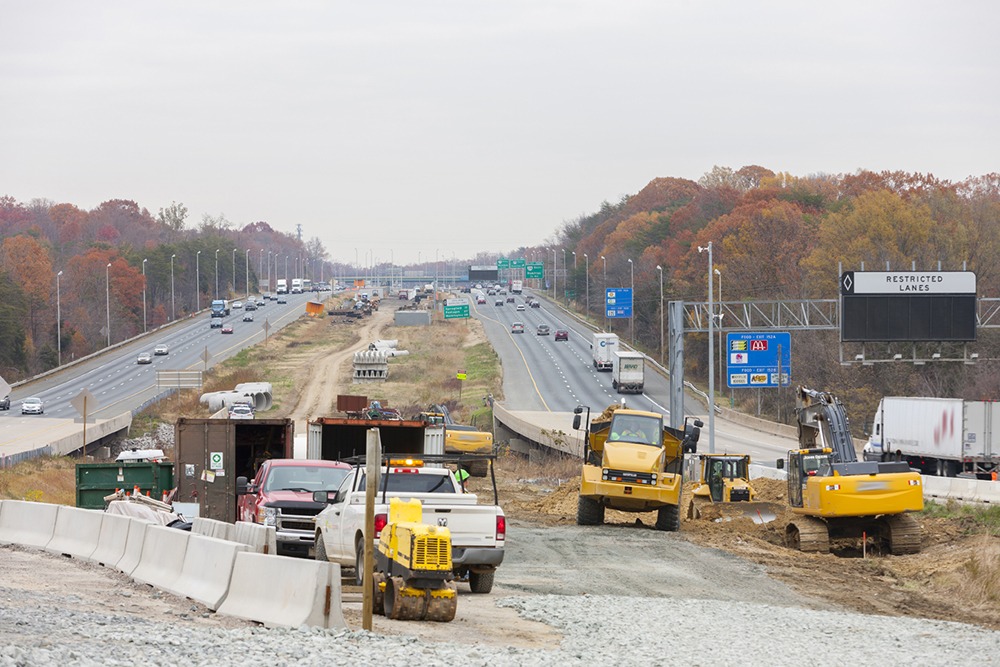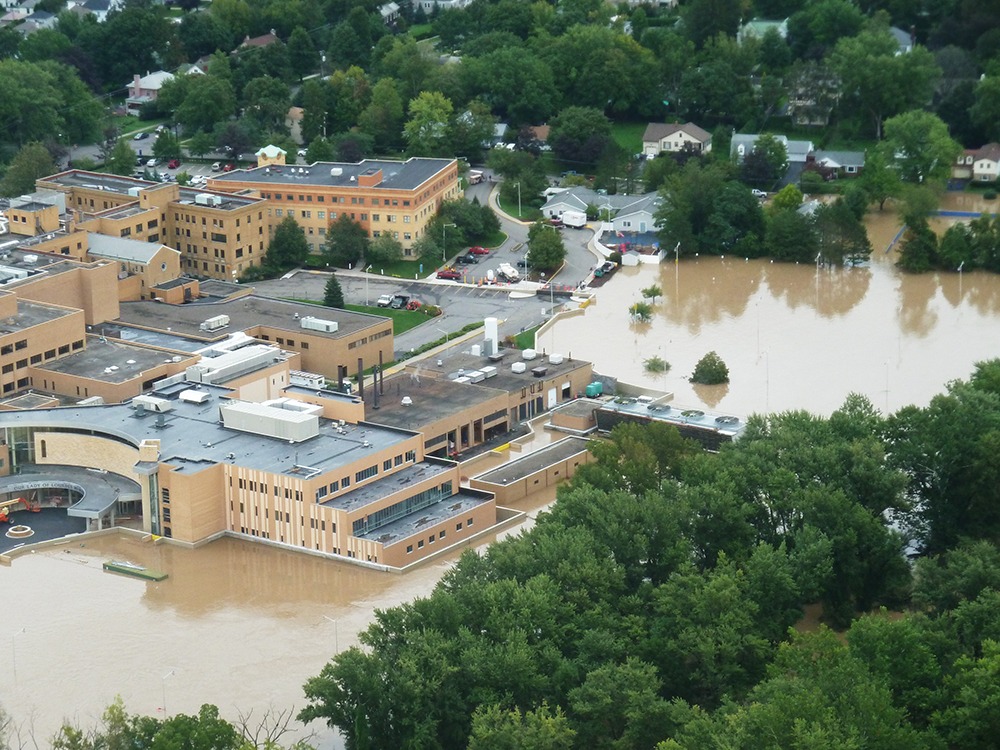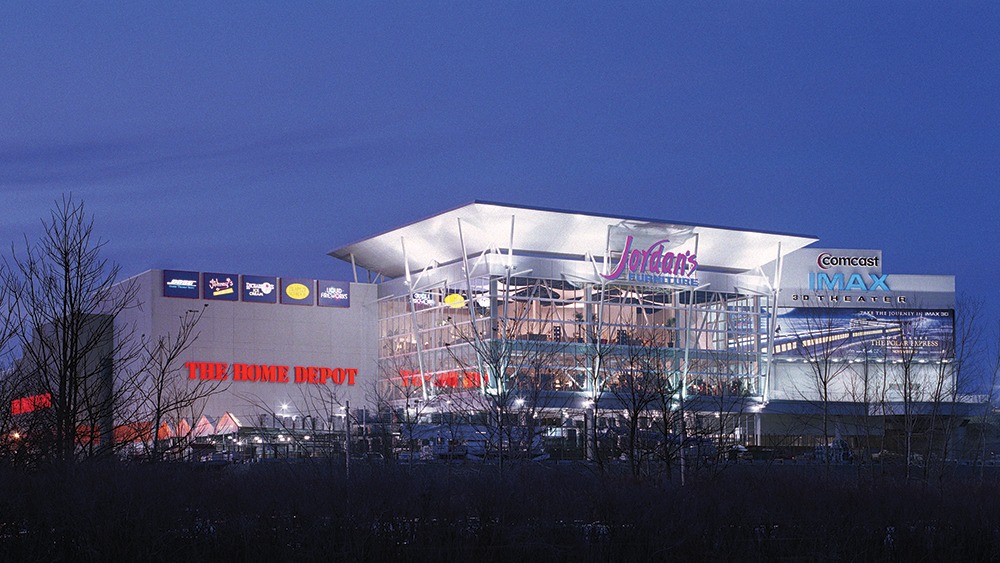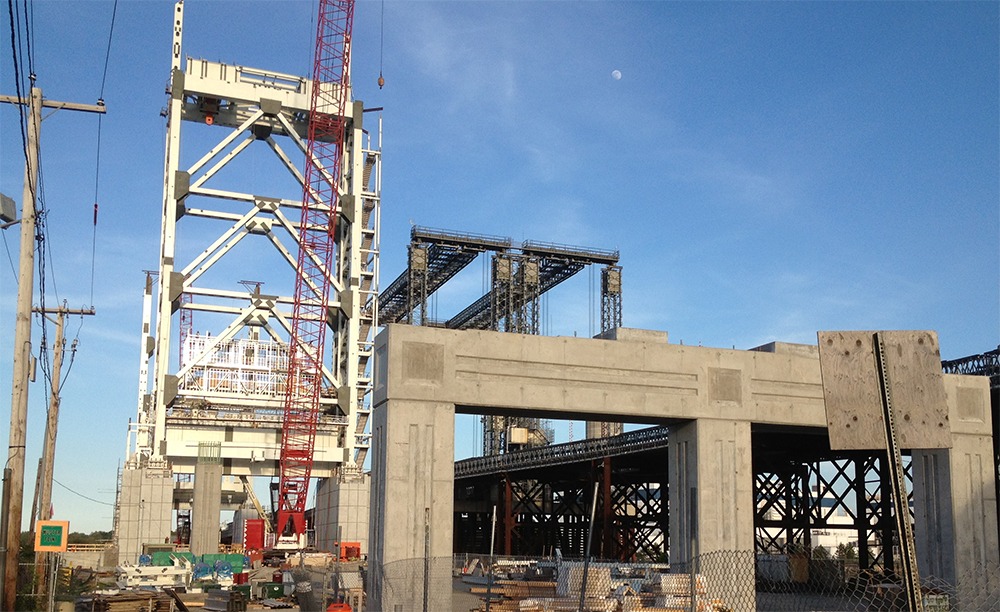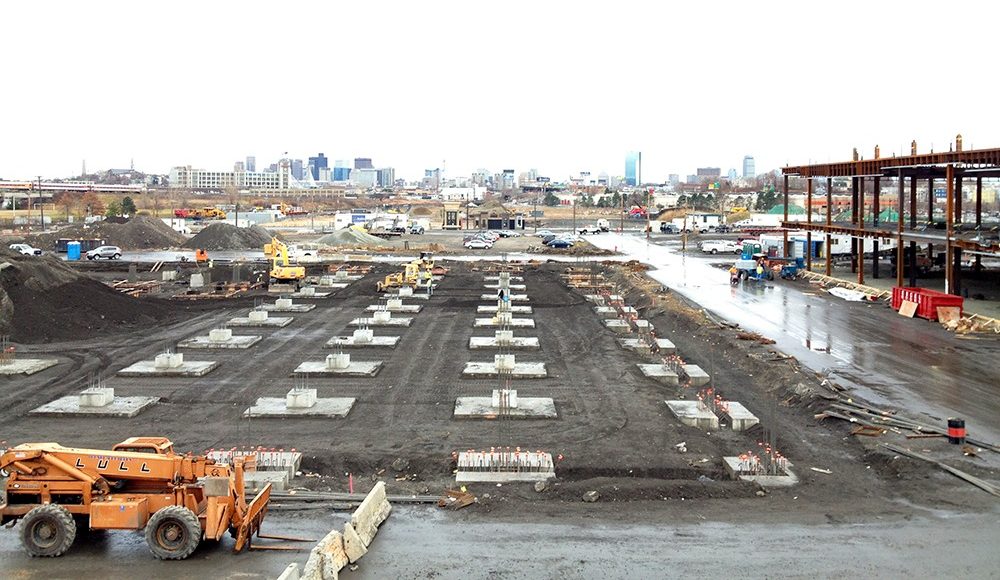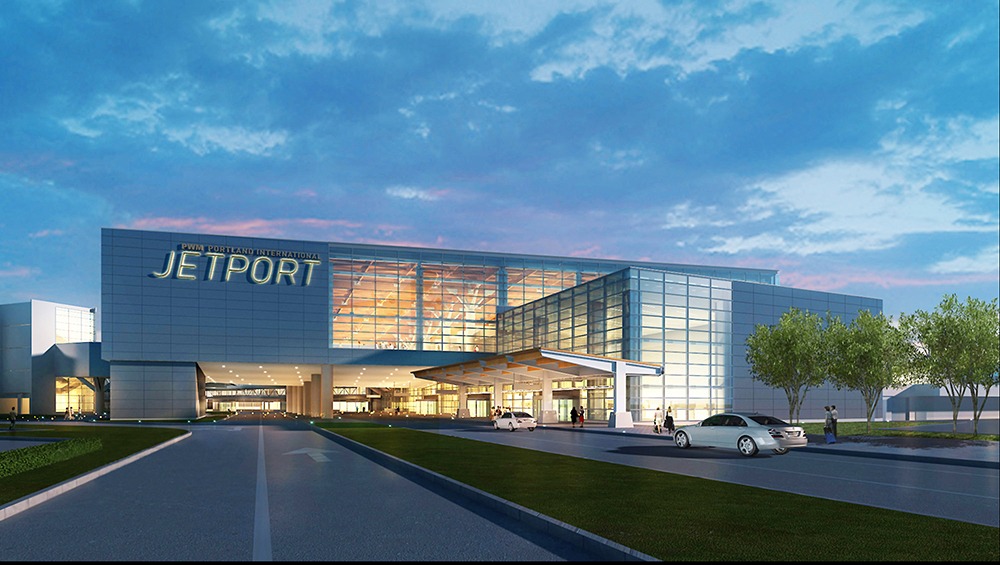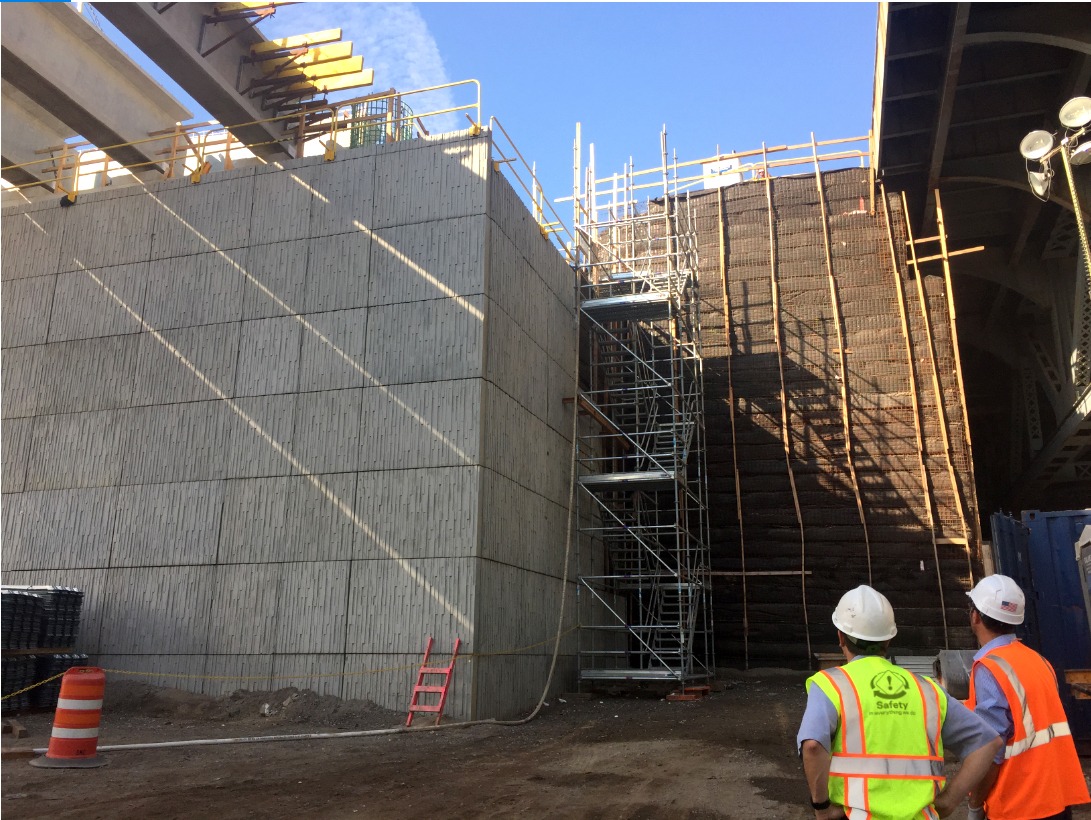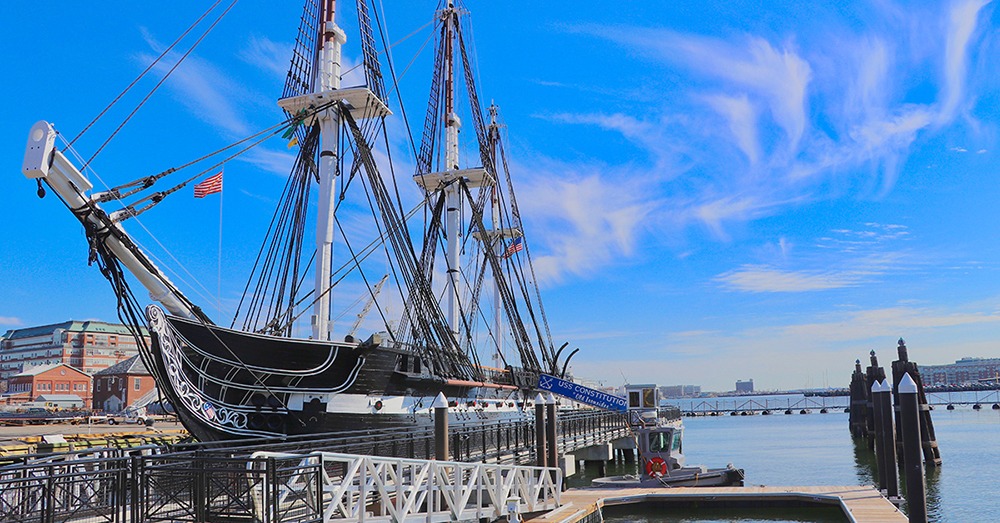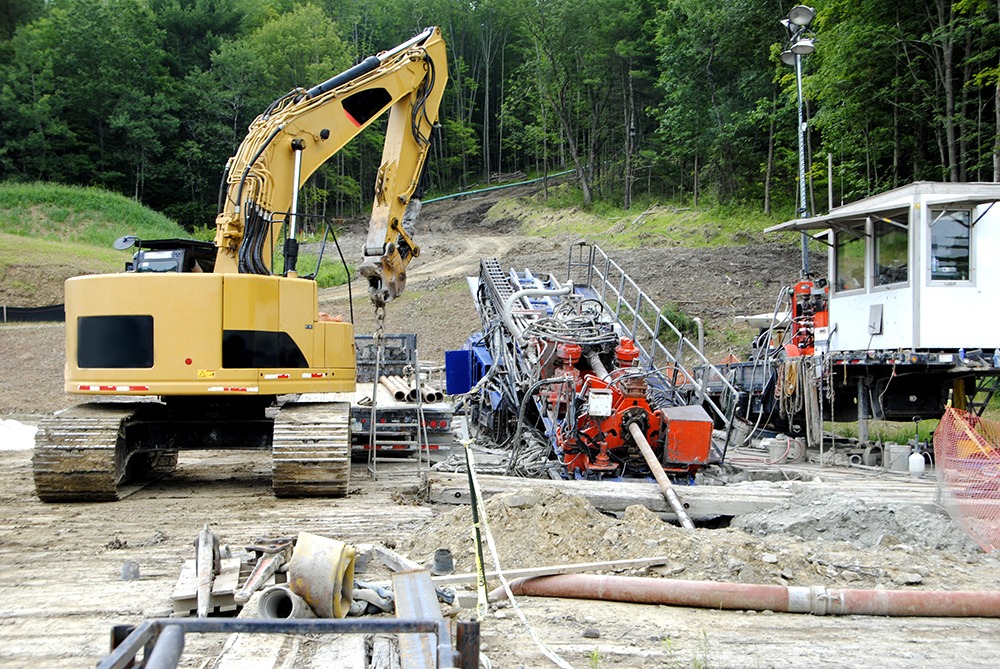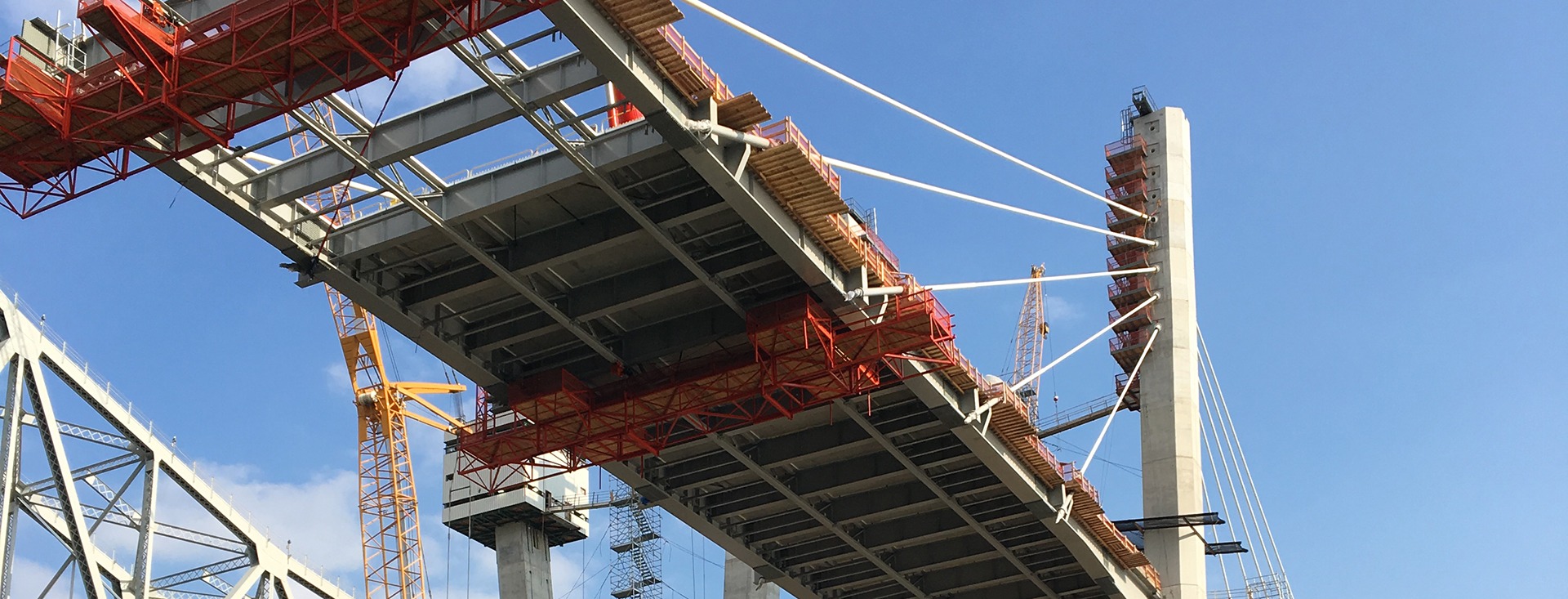
Transportation
Geotechnical engineering supports major bridge capacity solution
2 travel lanes
added, with all lanes expanded from 10 feet wide to 12 feet wide
50 percent
increase in the bridge’s potential vehicle volume, while reducing commute times
Summary
- The Goethals Bridge, which opened in 1928 as one of the Port Authority of New York and New Jersey’s first bi-state development projects, could no longer support modern-day traffic volume and commercial growth. It also did not meet modern structural safety standards. So, the Port Authority commissioned a new six-lane, cable-stayed bridge with bike and pedestrian access.
- Because of our ability to handle complex projects and local resources, the lead designer retained Haley & Aldrich as one of three geotechnical engineering firms to handle this fast-paced project under the public-private partnership design-build-operate-maintain process.
- Haley & Aldrich planned the geotechnical portion of the project and had responsibility for a $1.5 million investigation program that included 141 land- and water-based borings, seismic cone penetrometer tests, and probes. This program provided the data to inform our designs of foundations for retaining walls, bridge approach embankments, and a new railroad bridge, which would allow for widening of the highway running over the Goethals Bridge.
- We managed the barges, ATVs, and truck rigs required to access the areas that needed investigating. We also closely coordinated tasks with the structural designers, our subcontractor drillers, and the contractor to deliver the subsurface data in a timely manner. With these coordinated efforts, we ensured the delivery of design segments in the proper sequence and avoided delays. We also produced multiple data reports to support fast-paced and sequenced design packages, and we worked closely with the broader design team to respond to multiple Port Authority reviews.
- We ultimately delivered foundation designs that incorporated varied elements to meet the challenges of the project, including axial and lateral capacity of different pile types, drilled shafts, and a shallow foundation alternative. This work supports a new bridge, opened in 2018, with improved safety conditions and performance for all who use it.
For more information, contact:

Edward Zamiskie
Market Leader, Government

